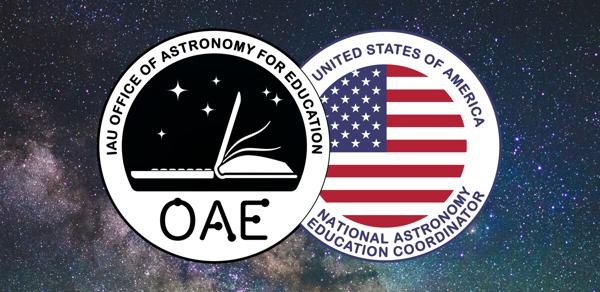Glossary term: 人馬座 A*
Description: 對銀河系中心恆星和氣體運動的觀測間接證明了一個超大質量黑洞的存在,其質量約為太陽的450萬倍,直徑約為4000萬公里,距離地球約2.7萬光年。人馬座A*是與該超大質量黑洞相關的緻密射電源,它在多個波段中被觀測到,尤其是射電波段。之所以叫 "人馬座",是因為它位於從地球上觀測到的人馬座中;字母 "A "是因為它是該星座中最亮也是第一個被髮現的太陽系外射電源;星號則來源於物理學中用於表示激發(excited)態原子的符號,而 "人馬座 A*"是一個令人激動(exciting)的發現。
2022年,事件視界望遠鏡合作組織(EHT)發布了與人馬座A*相關聯的黑洞輪廓(即“陰影”)的首張圖像。
Related Terms:
See this term in other languages
Term and definition status: The original definition of this term in English have been approved by a research astronomer and a teacher The translation of this term and its definition is still awaiting approval
This is an automated transliteration of the simplified Chinese translation of this term
The OAE Multilingual Glossary is a project of the IAU Office of Astronomy for Education (OAE) in collaboration with the IAU Office of Astronomy Outreach (OAO). The terms and definitions were chosen, written and reviewed by a collective effort from the OAE, the OAE Centers and Nodes, the OAE National Astronomy Education Coordinators (NAECs) and other volunteers. You can find a full list of credits here. All glossary terms and their definitions are released under a Creative Commons CC BY-4.0 license and should be credited to "IAU OAE".
If you notice a factual or translation error in this glossary term or definition then please get in touch.
Related Diagrams
人馬座星圖
Credit: 國際天文學聯合會天文教育辦公室(IAU OAE)根據國際天文學聯合會和《天空與望遠鏡》的原文改編
License: CC-BY-4.0 Creative Commons 姓名標示 4.0 國際 (CC BY 4.0) icons









